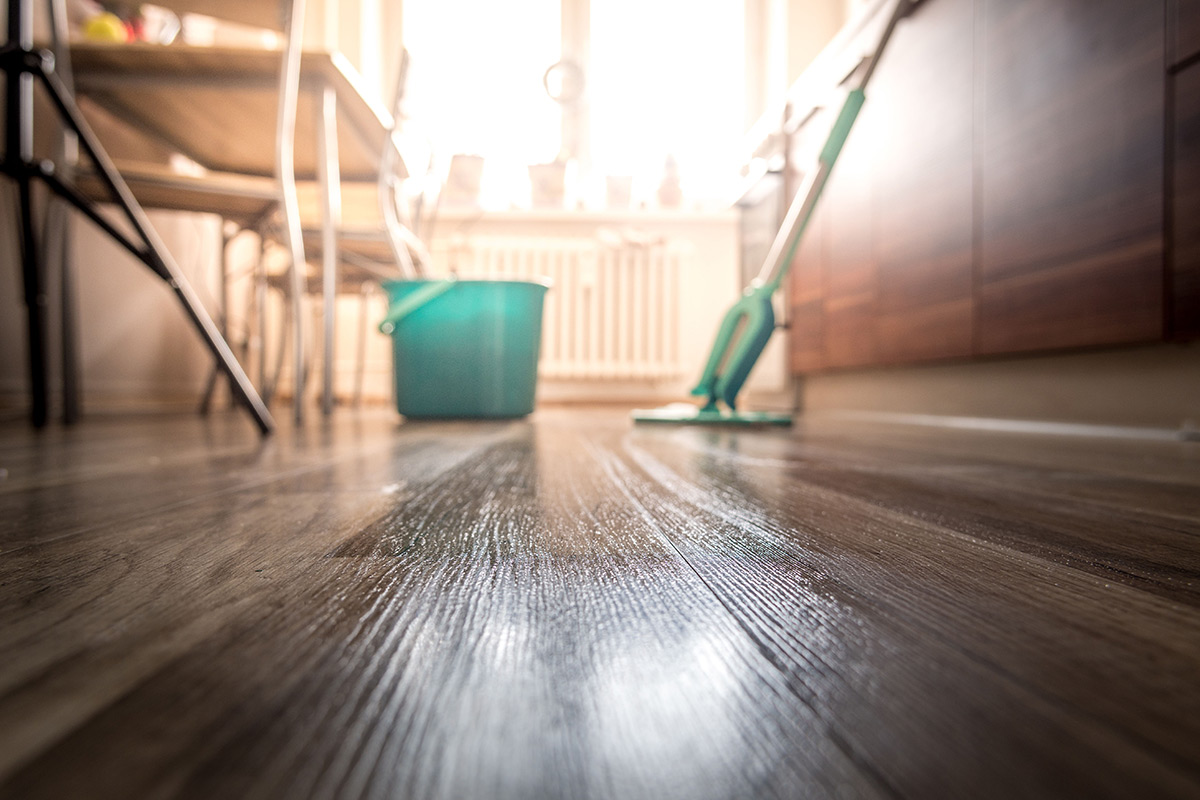Dealing with dust mites
Close to 20 million Americans experience allergic reactions from dust mites. Although we may not see evidence of mites in our homes, they take up residence eating dead skin shed by people and pets. Mites especially love humid climates. Warmer summer months are their survival sweet spot, whereas colder winter months (and drier areas) are unsurvivable. We cannot completely rid our homes of these invisible creatures. However, we can create a less hospitable environment for mites and limit our exposure.

Clean up
Kitchen floors so clean one could dine on them and pristinely dusted end tables don’t ensure dust mites are non-existent in a home. Dust can become trapped in couch cushions, drapes, bed linens, lamp shades and other home fabrics. Choose a vacuum that utilizes microfiltration bags. Wash floor rugs and doormats in hot water. Cover box springs, mattresses and pillows with airtight, mite-resistant cases and wash sheets weekly in hot water. If you can’t remember the last time your home’s air ducts were cleaned, schedule an appointment.
Reduce humidity
Dust mites struggle to survive in humidity levels lower than 50 percent. Investing in an HVAC unit with a smart filtration system or adding a dehumidifier to your home can help contain allergens. Certain HEPA filters assist in trapping dust particles. Replace heating and air-conditioning filters every three months or monthly for severe allergy sufferers.
Bye-bye carpet
The most effective way to combat dust allergens is to remove materials dust mites love to live inside. Leather-covered furniture can be costly, but it can also be a great investment. Unlike upholstered couches, chairs and ottomans, dust mites won’t live in leather furniture. Hardwood flooring and ceramic tile are also easy-to-clean choices whereas carpet—no matter how many times you professionally clean and vacuum—is prone to harboring allergens. Vinyl flooring is another easy-to-clean, safe alternative to carpet.
These simple steps can bring more health and less harm into your home. Those dust bunnies can wreak havoc for those you love with a propensity towards allergies. If severe dust allergies prevent you from deep cleaning your home, it may be time to invest in a service that can help.















